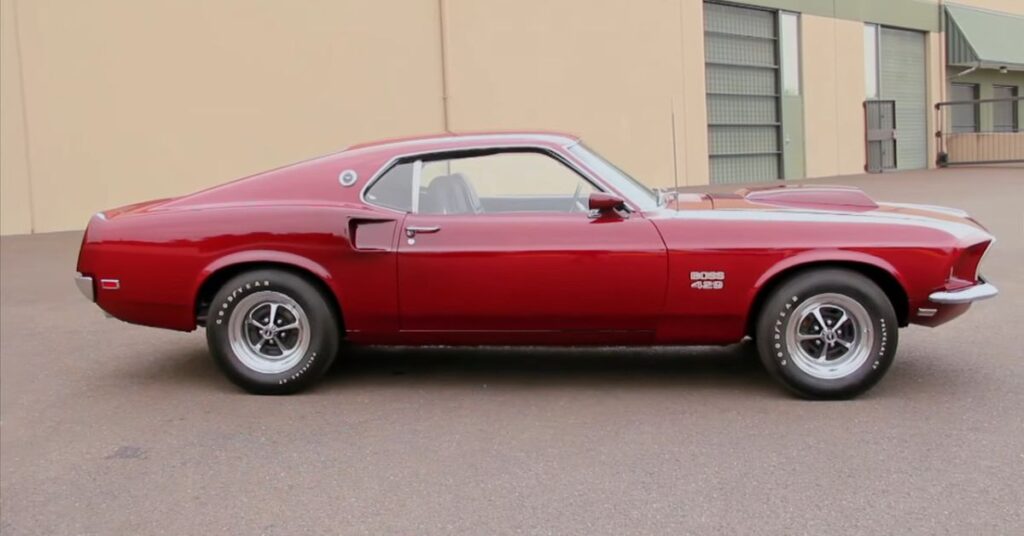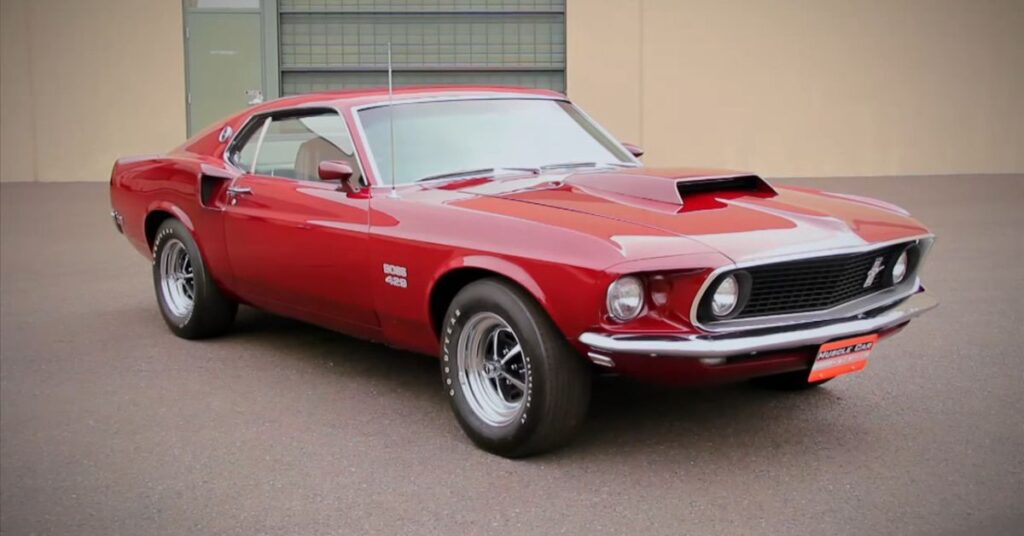The 1969 Ford Mustang BOSS 429 holds a special place in the hearts of automotive enthusiasts. As one of the most mythical Mustangs of all time, it embodies the spirit of power, performance, and speed. In this article, we’ll delve into the details of this iconic muscle car and explore its fascinating history, unique design, and remarkable performance characteristics.
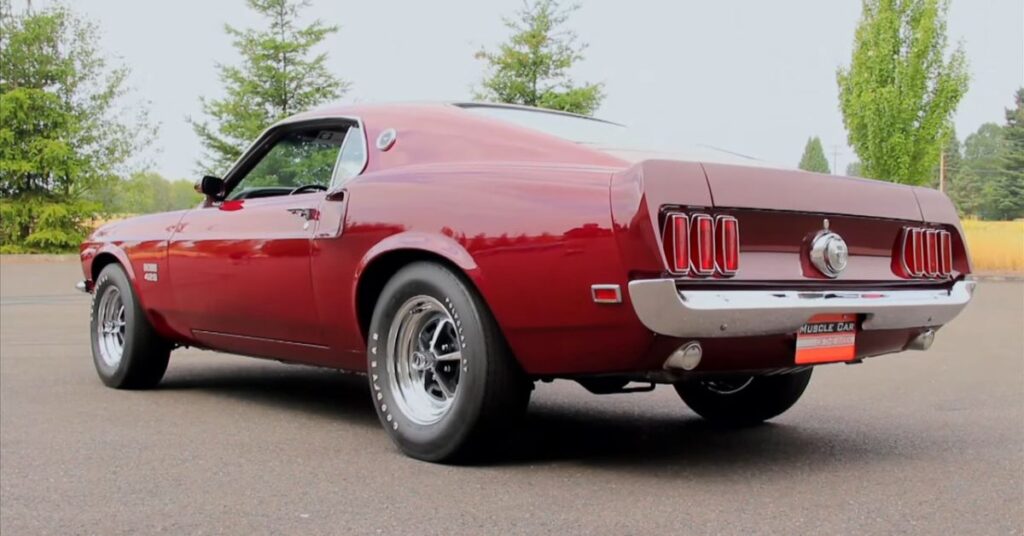
The BOSS 429 is a car that commands attention and respect wherever it goes. Unlike its flashy counterparts, this Mustang takes a more understated approach to its appearance. With its solid color and menacing stance, it exudes a sense of power without the need for extravagant stripes or wings. However, one unmistakable feature sets it apart—the massive hood scoop, the largest ever installed on a Mustang or most muscle cars of its time.
The Design and Appearance of the BOSS 429
The BOSS 429’s design is a testament to its purpose: to win races. While it may lack the visual flair of some of its competitors, it more than compensates with its performance-oriented features. The Magnum 500 wheels wrapped in goodyear poly glass GT tires give it a classic and aggressive look, emphasizing its muscular heritage.
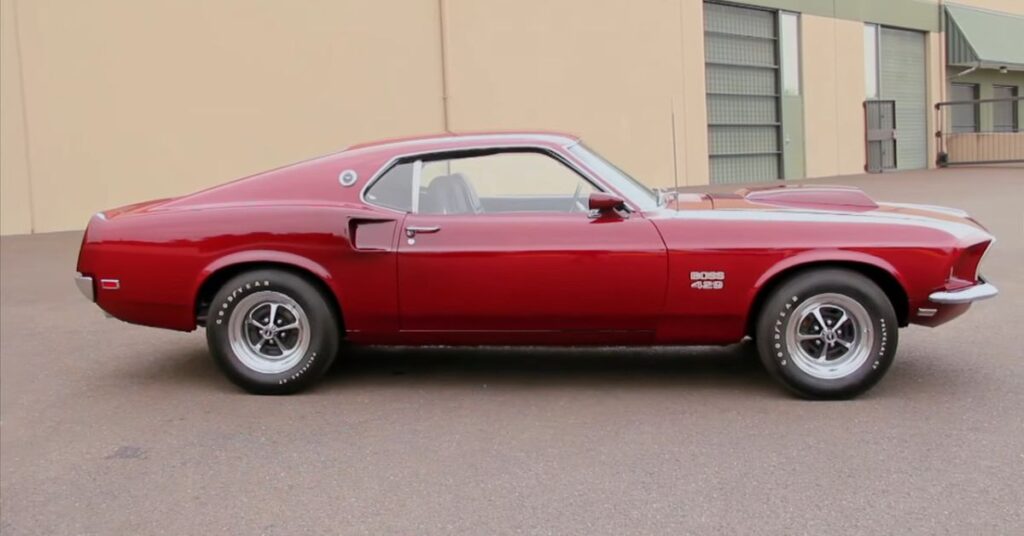
The Powerhouse: Exploring the BOSS 429 Engine
At the heart of the BOSS 429 lies its most significant attribute—the engine. The BOSS 429 was specifically developed to surpass Chrysler’s Hemi engines in NASCAR racing, which required a certain number of units to be sold to the general public. This led Ford to introduce the BOSS 429 engine in a different car, the Mustang, while utilizing the Torino Talladega as its NASCAR counterpart.
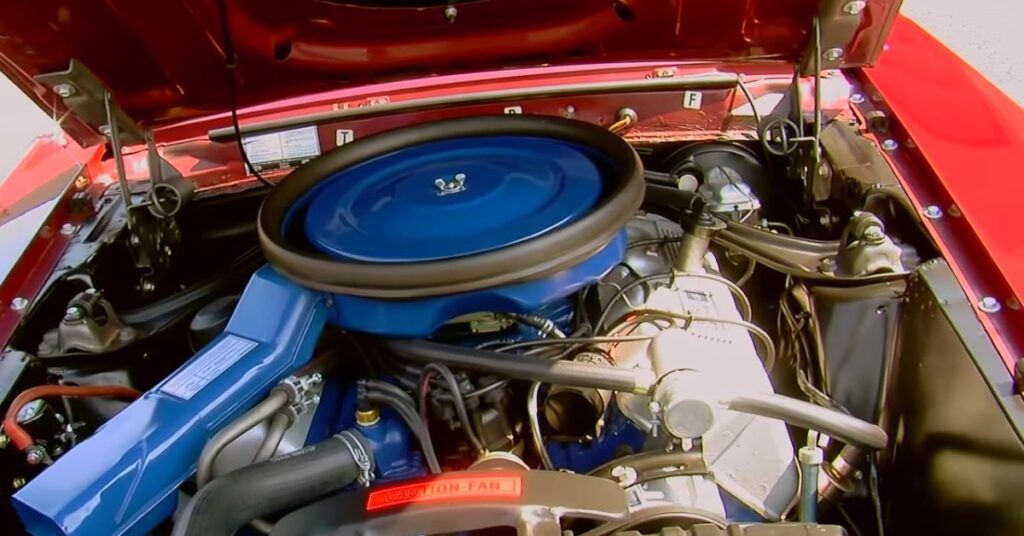
The BOSS 429 engine was based on the existing EFI series bottom end, but it underwent extensive modifications. The key feature of the engine was its aluminum semi-hemispherical cylinder heads, referred to as a crescent shape by Ford. These heads were designed to optimize airflow, and the exhaust ports were so substantial that they were compared to a shotgun blast, earning the engine its nickname, the “shotgun Hemi.”
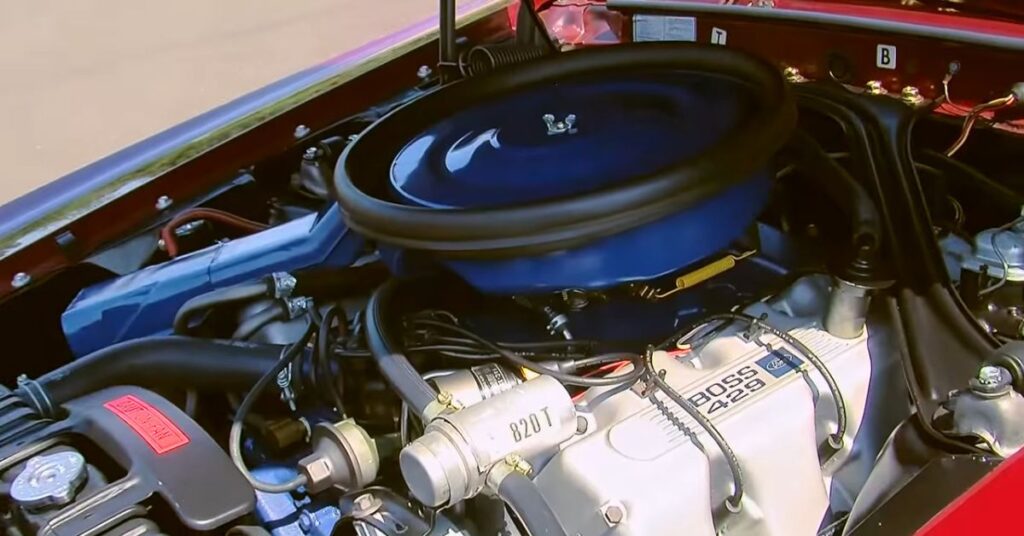
The BOSS 429 engine boasted a displacement of 429 cubic inches, making it the largest engine ever fitted into a Mustang. Its massive size, coupled with the aluminum semi-hemispherical heads, enabled it to move a tremendous amount of air, resulting in exceptional performance. However, some aspects of the engine’s configuration raised questions about its true performance potential.
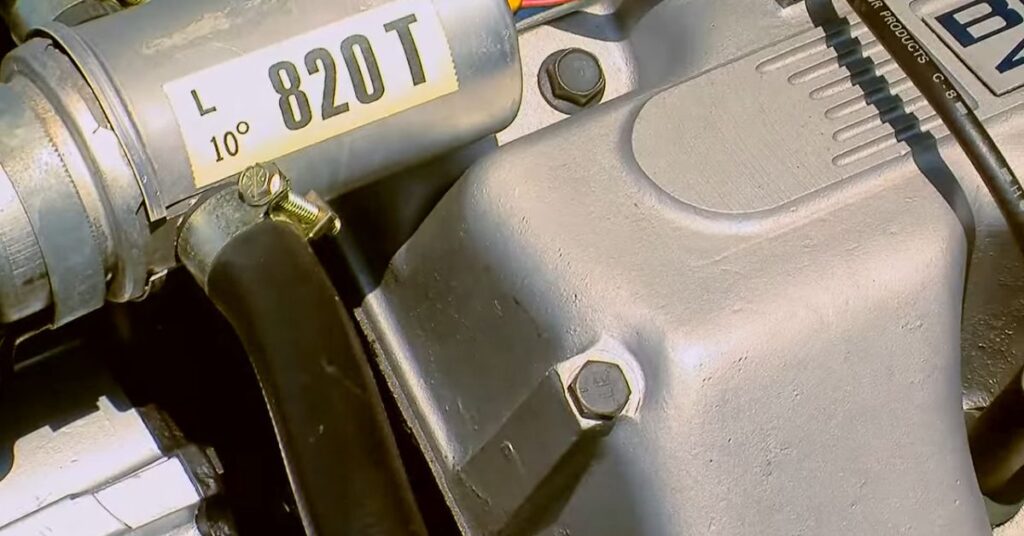
Contrary to popular belief, the initial BOSS 429 Mustangs were not the fastest cars on the street. Regular Cobra Jet Mustangs often outperformed them in quarter-mile races. To unlock the full potential of the BOSS 429, modifications such as a larger carburetor, increased compression, and a more radical camshaft were necessary. Ford’s product acceptability standard, which imposed limitations on noise, vibration, and harshness, further affected the power output of these muscle cars, unlike their counterparts from Chrysler and General Motors.
The Unique Modifications for the Mustang
Accommodating the BOSS 429 engine in the Mustang required substantial modifications. Ford entrusted the assembly of these special Mustangs to Car Craft, a subcontracted shop. The front suspension was completely overhauled, the shock absorbers were modified, and the entire front end underwent changes to fit the wide Boss 429 engine. Furthermore, the limited space under the hood left little room for additional accessories, resulting in the absence of features like air conditioning. Despite these challenges, various chassis improvements were made to optimize the car’s performance and balance.
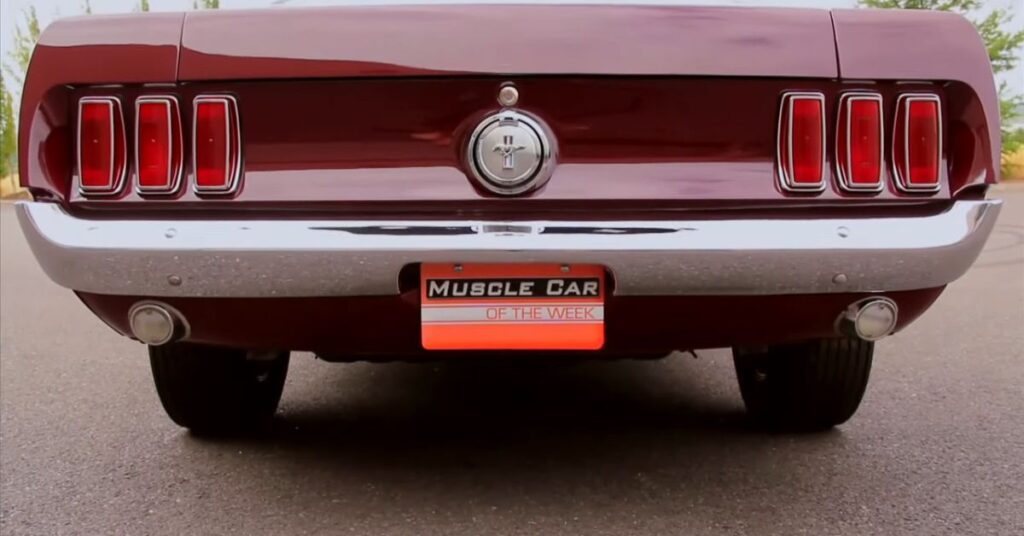
Car Craft’s role in building the BOSS 429 Mustangs was crucial. Basic Mustang sports roof cars were sent to the shop, where the front suspension was gutted and modified to house the massive engine. The engineering required to fit such a powerful motor into a compact Mustang was a testament to Ford’s commitment to creating the ultimate muscle car.
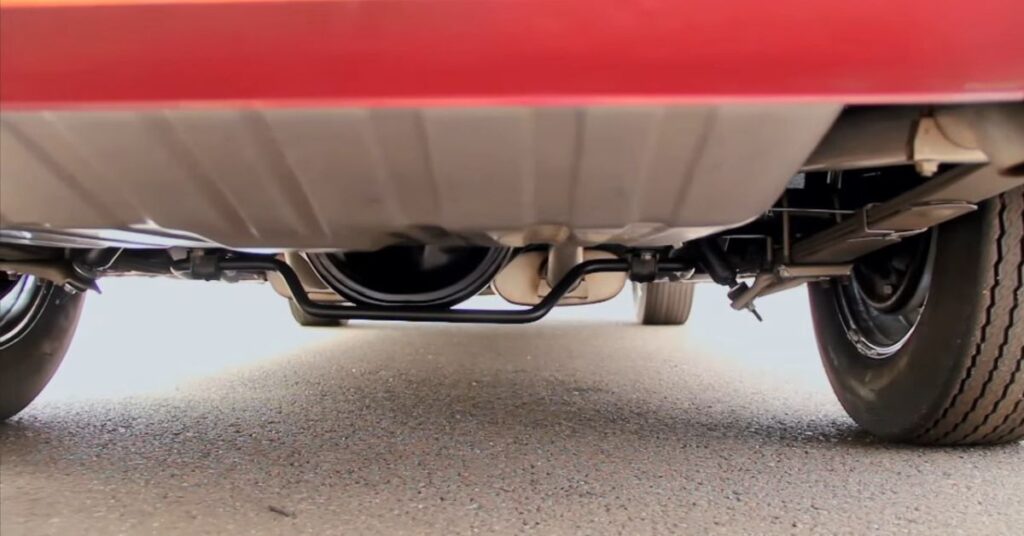
To ensure optimal handling and stability, the BOSS 429 Mustang underwent several chassis modifications. The car was slightly lowered, a rear sway bar was added to counteract the front-end weight distribution, and the power brake booster was resized to accommodate the necessary components. These adjustments aimed to strike a balance between power and control.
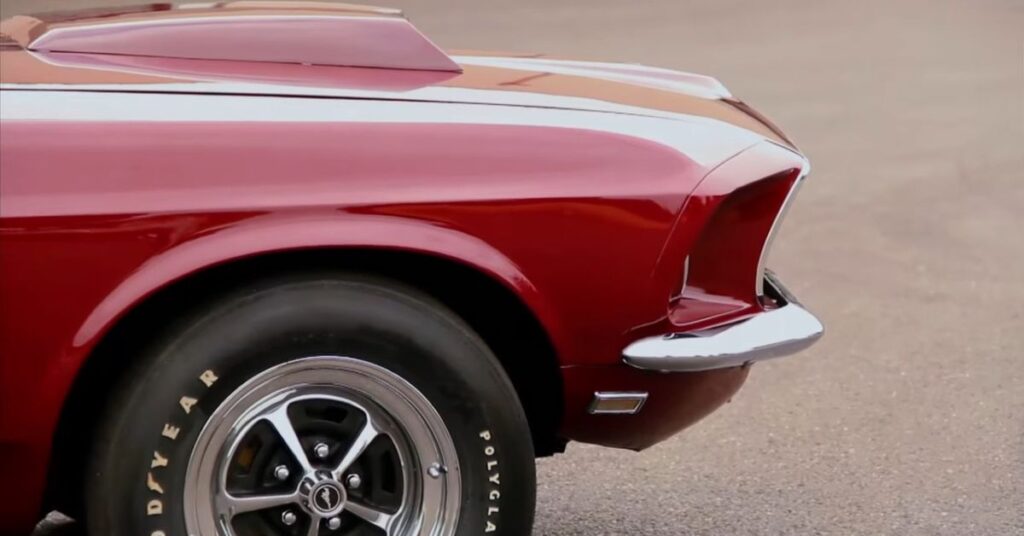
While the BOSS 429 Mustang is undoubtedly an impressive machine, it faced certain limitations that impacted its performance. In an effort to comply with product acceptability standards and maintain reasonable insurance premiums, Ford made compromises in the engine’s configuration. Nevertheless, the allure and desirability of the BOSS 429 Mustang remain unmatched.
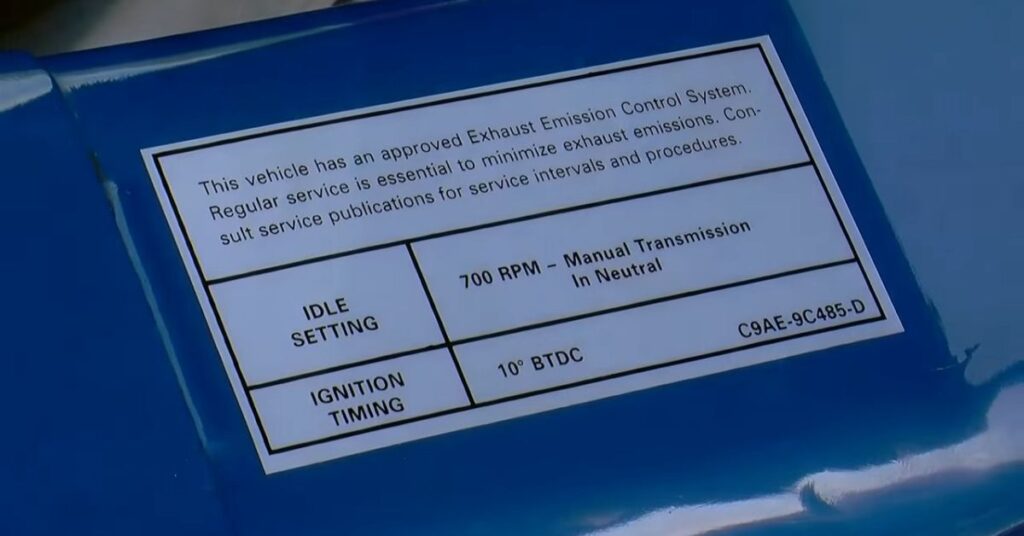
The Interior
The interior of the 1969 Ford Mustang BOSS 429 is a testament to its performance-oriented nature. As you step inside, you’ll be greeted by a driver-focused cockpit designed to enhance the driving experience. The high-back bucket seats provide excellent support during spirited driving, ensuring you stay firmly planted while tackling corners. The dashboard features a clean and straightforward layout, with easy-to-read gauges and controls within reach. Although the BOSS 429 prioritizes performance, comfort is not compromised. The interior materials are of high quality, and attention to detail is evident throughout the cabin, making every journey a pleasurable one.
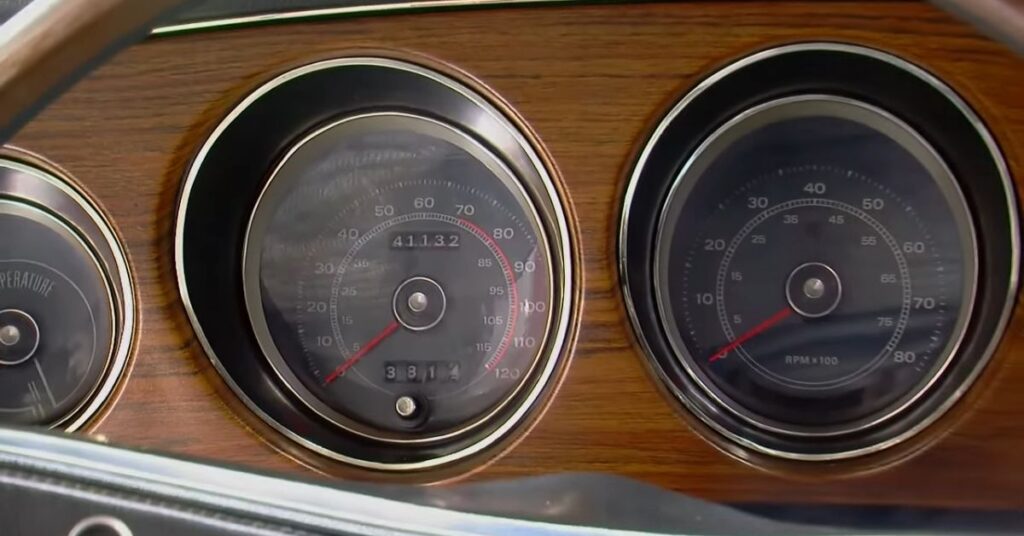
While the focus of the BOSS 429 is on raw power, the interior also exudes a sense of refinement. The cabin is thoughtfully designed, combining elements of luxury and sportiness. Premium touches, such as brushed aluminum accents and leather-wrapped surfaces, elevate the interior aesthetics. The center console houses the iconic Hurst shifter, adding a touch of nostalgia and enhancing the overall driving experience. With its ergonomic layout and comfortable seating, the interior of the BOSS 429 strikes a perfect balance between performance and sophistication.
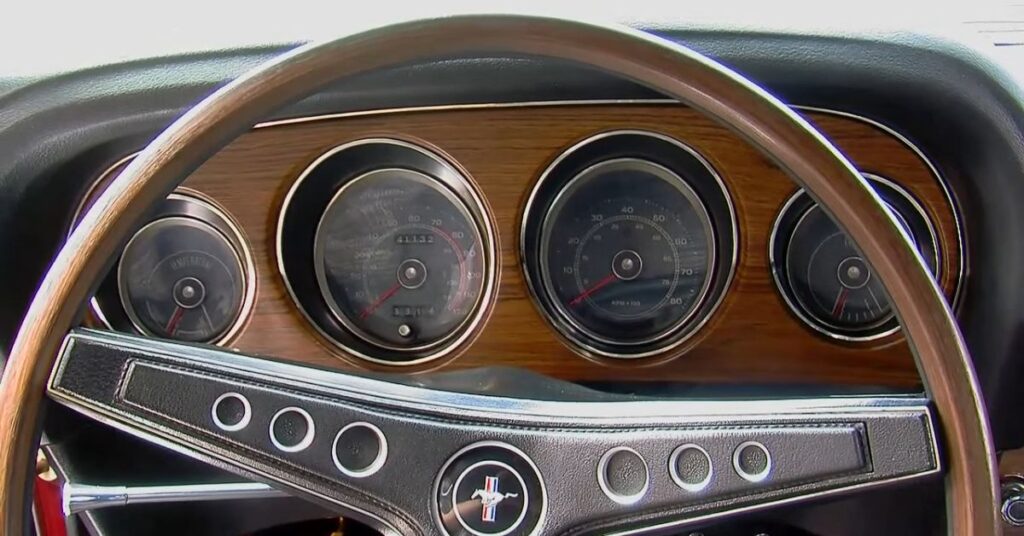
Inside the BOSS 429, you’ll find a driver-centric environment that immerses you in the world of muscle car excellence. The sporty steering wheel provides a firm grip, and the strategically positioned pedals allow for precise control over the car’s immense power. The attention to detail extends to every aspect of the interior, from the premium upholstery to the carefully placed stitching. The cabin offers ample headroom and legroom, ensuring that both the driver and passengers can enjoy long drives without feeling cramped. In the BOSS 429, the interior is a harmonious blend of functionality, comfort, and unmistakable style.
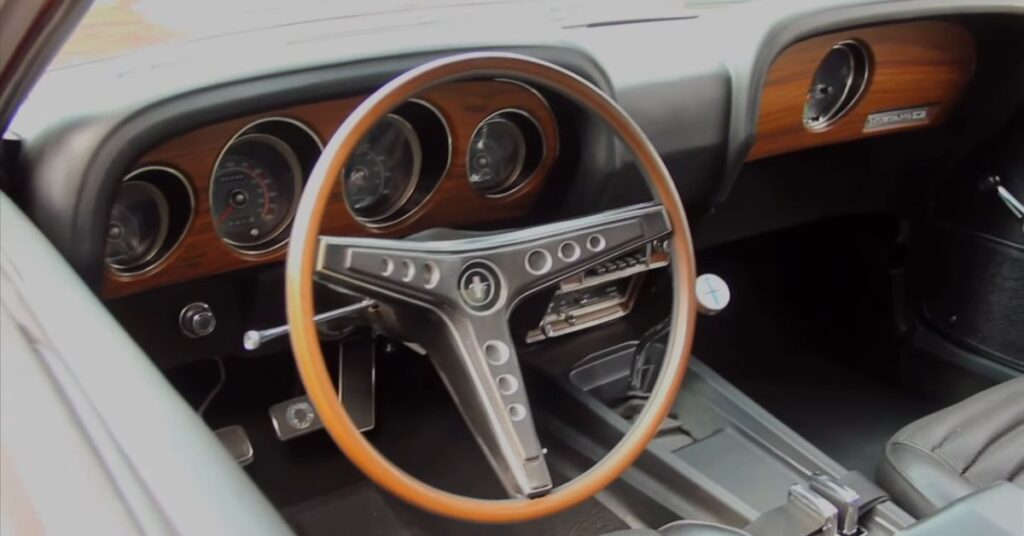
The interior of the BOSS 429 Mustang is a tribute to the car’s performance heritage. As you settle into the driver’s seat, you’ll notice the purposeful design elements that enhance the driving experience. The ergonomically placed controls and intuitive layout allow for easy access to essential functions. The deep-dish steering wheel provides a commanding grip, making you feel in control of this American muscle icon. The interior craftsmanship is evident in the meticulously stitched upholstery and attention to detail. From the moment you enter the cabin, you’ll be enveloped in a world of power, comfort, and craftsmanship, setting the stage for an unforgettable driving experience.
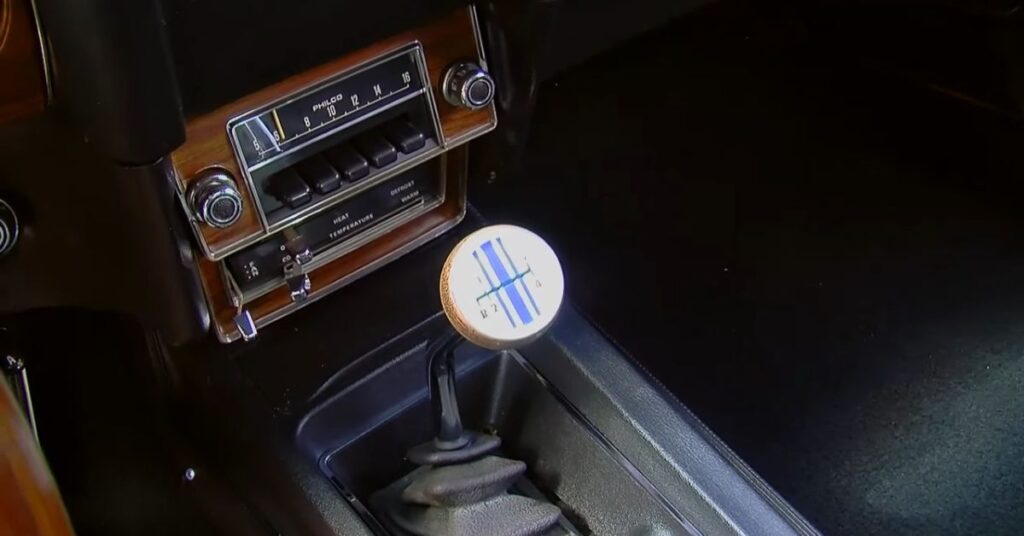
Conclusion
The 1969 Ford Mustang BOSS 429 stands as a testament to the ingenuity, passion, and relentless pursuit of performance in the automotive industry. From its powerful engine to its distinctive design, every aspect of the BOSS 429 Mustang was meticulously crafted to leave an indelible mark on automotive history. Today, these rare and coveted machines continue to ignite the imaginations of car enthusiasts worldwide, forever etching their place in the annals of muscle car greatness.
